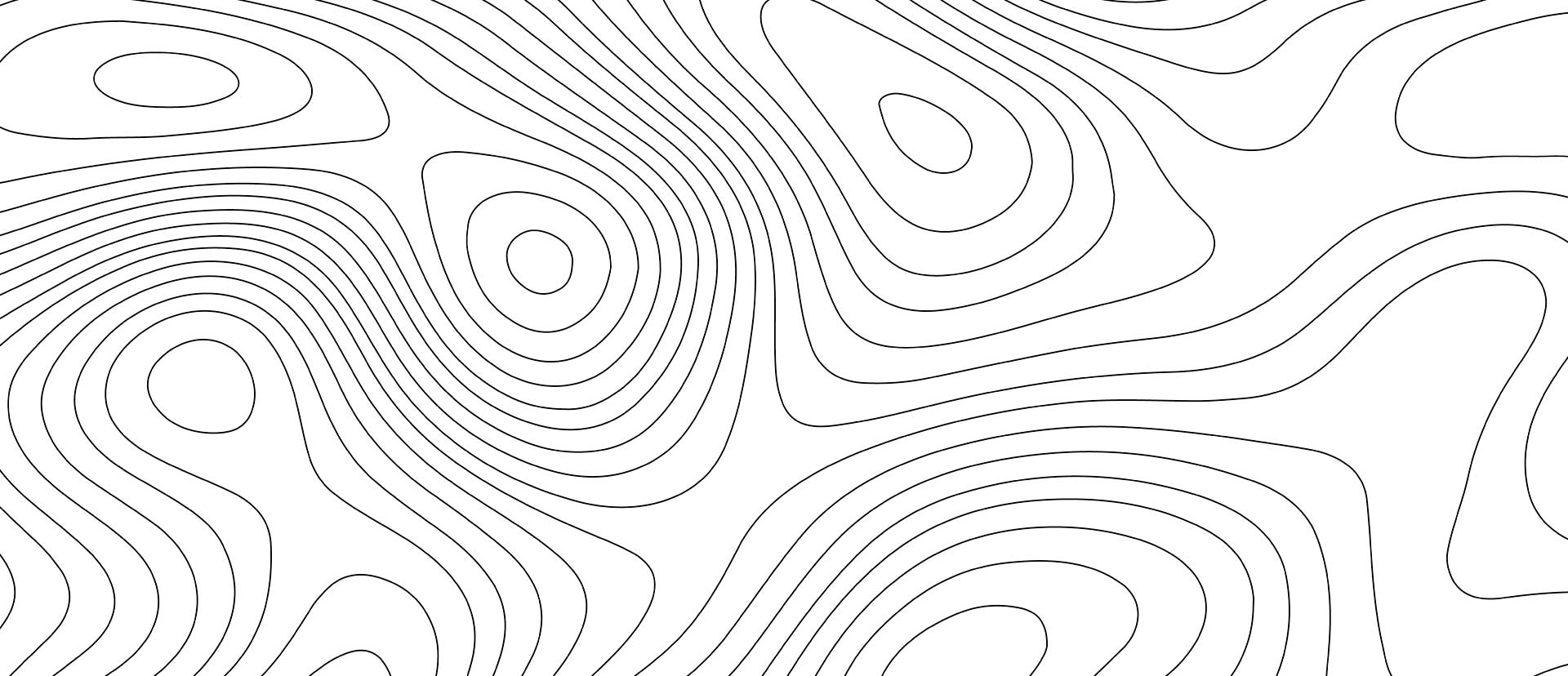The practice of nudging consumers toward particular choices is nothing new. We have all experienced the allure of picking up a sweet treat along the checkout lane as we wait to pay for our groceries. But regulators have been increasingly focused on combating so-called dark patterns online that may substantially influence or interfere with consumer decision-making. This article chronicles the origins of the phrase “dark patterns,” discusses the current US regulatory landscape on dark patterns, and sets forth theories as to why this issue has become such a focus for regulators over the past several years. It concludes with some tips for companies on how to avoid regulatory scrutiny relating to dark patterns.
By Maneesha Mithal & Stacy Okoro[1]
I. WHAT’S THE DEAL WITH DARK PATTERNS?
The practice of nudging consumers toward a particular choice is nothing new. We have all experienced the allure of picking up a sweet treat along the checkout lane as we wait to pay for our groceries. But regulators have been increasingly focused on combating so-called dark patterns online that may substantially influence or interfere with consumer decision-making. The term “dark patterns” was originally coined by a UX/UI designer named Harry Brignull in 2010 to describe “tricks used in websites and apps that make you do things that you didn’t mean to, like buying or signing up for something.”[2] Researchers have traced the dark patterns we experience toda
...THIS ARTICLE IS NOT AVAILABLE FOR IP ADDRESS 216.73.216.36
Please verify email or join us
to access premium content!

